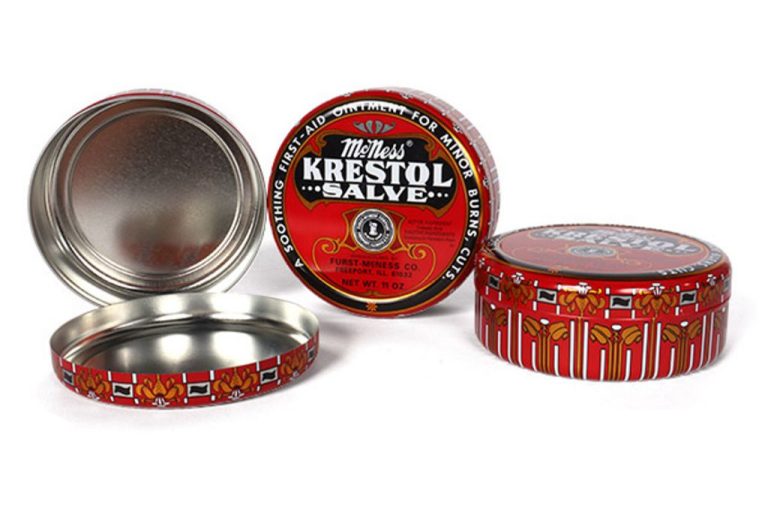Do Candles Bother Hamsters?
Hamsters are cute and cuddly pets beloved by children and adults alike. First domesticated in Syria around 1930, hamsters quickly became popular as household pets across the world. Their small size, clean habits, and inquisitive nature make them an ideal small pet for families and owners of all ages.
As their popularity grew, so did concerns about how to properly care for hamsters and what conditions are ideal for their health and happiness. One such concern is whether burning candles around hamsters is safe or ill-advised. Candle enthusiasts don’t want to give up their favorite scents, while caring hamster owners want to avoid any risks. Understanding hamster senses and investigating potential issues is key to determining if candles and hamsters can coexist safely.
Hamster Sensory Abilities
Hamsters have keen senses of smell, hearing, and sight that are more sensitive than human senses. A hamster’s sense of smell is important for finding food, sensing threats, and communicating with other hamsters. Their nostrils detect odors and pheromones that give cues about identity, social status, and reproductive state. Hamsters also have excellent hearing compared to humans, especially at higher frequency ranges. Their large ears can pivot to precisely locate sounds. Hamsters have poor vision for distant objects but their eyes are adapted for sharp night vision. They also see well at dawn and dusk when they are most active. Their sight helps them navigate terrain, locate food, and watch for predators or disturbance while active outside their burrow.
Potential Issues with Candles
Candles pose a few potential problems for hamsters due to the smoke, soot, and scents they produce when burned. Here are some key things to know:
Smoke: Burning candles generates smoke that contains fine particulates, volatile organic compounds, and other substances that can irritate airways. Hamsters have very sensitive respiratory systems, so smoke exposure can lead to breathing issues like asthma or allergies.
Soot: The black carbon deposits left behind from candle burning, known as soot, can also cause respiratory irritation. As soot circulates in the air and settles around the habitat, the hamster inhales it during grooming and burrowing activities.
Scents: Scented candles contain artificial fragrances that give off chemical compounds when burned. The concentrated aromas can overwhelm the hamster’s delicate senses of smell and trigger allergic reactions or breathing problems in some individuals.
For these reasons, it’s best to avoid burning candles right next to a hamster’s enclosure. The smoke, soot, and scents directly impact their air quality and health.
Hamster Respiratory System
A hamster’s respiratory system is extremely sensitive and vulnerable to respiratory irritation. Their nasal cavities and lung tissues are quite delicate. Hamsters have a very high respiration rate, breathing in and out up to 120 times per minute. This rapid breathing cycle allows irritants to easily enter their system.
Hamsters lack the enzymes and proteins to efficiently break down foreign particles. Their small size also means irritants are more concentrated relative to the hamster’s body size. They don’t have the lung capacity to cough forcefully or sneeze out irritants.
Common household air pollutants that can inflame a hamster’s airways include smoke, chemical cleaners, air fresheners, perfumes, and scented candles. Their tiny nasal passages, trachea and bronchioles become inflamed by these irritants.
Candle Placement Concerns
The biggest issue with using candles around hamsters is having lit candles too close to the hamster’s enclosure. The proximity of an open flame near a hamster’s cage creates potential fire and respiratory risks that should be avoided.
Having a burning candle right next to or on top of a hamster’s enclosure puts the hamster in danger if the candle were to get knocked over. Lit candles can easily start fires that could engulf flammable hamster bedding and accessories. The hamster could become injured or even die from smoke inhalation or burns. Even candles in sturdy holders carry a fire risk if placed too close to a hamster’s habitat.
The smoke and fumes from nearby candles can also irritate a hamster’s sensitive respiratory system. Hamsters have very small lungs and airways compared to humans. Exposure to candle smoke could cause coughing, wheezing, and difficulty breathing. Prolonged irritation may even lead to chronic respiratory illness. It’s best not to have any lit candles within several feet of a hamster’s enclosure.
Candle warmers that melt wax without a live flame reduce, but don’t eliminate, potential respiratory risks. Candle warmers still heat scented wax that releases volatile compounds into the air. These molecules can still bother a hamster’s lungs. Unheated fragrance oils or wicks further distances from the hamster would be safer alternatives.
Unscented Alternatives
If you want to avoid scented candles around your hamster but still enjoy the ambiance of a lit candle, there are several unscented and flameless options to consider:
Flameless candles: Flameless candles use LED lights to mimic the look of a real candle flame. They come in wick and wax pillar styles, as well as candlesticks and votives. Flameless candles don’t produce any scent, smoke or heat, making them a safe alternative around hamsters. Brands like Homemory, Luminara and Vivii offer flameless candle options in both battery-operated and plug-in styles.
For a more natural candle-like experience, try flameless soy wax candles. These are made from real soy wax with LED lights embedded inside to create the flickering flame effect when turned on. Soy wax itself has no scent.
Flameless candles give you the ambiance without any worry about scent sensitivity or respiratory irritation for your hamster. Place them anywhere in the hamster’s room you want to create a cozy atmosphere.
Ventilation and Air Purifiers
Keeping the air clean is important for hamster health. Proper ventilation can help reduce contaminants, including from candles. Make sure the hamster’s habitat has good airflow. Avoid obstructing the top so stale air can escape and fresh air can enter. You may also consider using an air purifier near the hamster’s cage to help filter out particulates. Look for one with a HEPA filter designed to capture small particles. Change the filter regularly. Position the purifier so it effectively cleans the air around the habitat, but avoid pointing it directly at the hamster. The goal is to reduce airborne irritants that could bother their sensitive respiratory system. With good ventilation and purified air, candles can be less problematic.
Hamster-Safe Natural Scents
There are safe ways to scent your hamster’s environment naturally without using candles. A great alternative to candles are essential oils. However, it’s important to properly dilute essential oils before using them around hamsters. Some hamster-safe essential oils options include:
- Lavender – Has a calming effect.
- Lemongrass – Promotes freshness.
- Rosemary – Improves alertness.
- Basil – Reduces anxiety.
- Bergamot – Boosts mood.
To use essential oils safely, add only 1-2 drops of oil for every ounce of water in a spray bottle. Mist lightly around the hamster’s cage and room. Avoid spraying directly on the hamster. The gentle aroma will provide a pleasant scent without irritating their respiratory system like candles.
Precautions for Candle Use
If you do decide to burn candles in the same room as your hamster, take these precautions to minimize risks:
- Place candles far away from the hamster’s cage, best in a different corner of the room.
- Never leave burning candles unattended. Extinguish candles before leaving the room to prevent accidental fires.
- Avoid letting smoke and soot build up in the room by ensuring proper ventilation. Open a window or use a fan to circulate fresh air.
- Choose candles made from soy, beeswax, or other natural waxes instead of paraffin-based candles.
- Consider battery-operated flameless candles for a safer alternative that mimics a real candle.
- Limit burning times to 1-2 hours maximum at a time.
- Pay attention to your hamster’s behavior when candles are lit. If they show signs of respiratory distress, promptly extinguish candles.
- Place an air purifier near the hamster’s cage to help filter particulates.
- Never leave lit candles unattended around pets or small children.
Conclusion
In summary, the use of lit candles poses some risks and potential welfare issues for pet hamsters. While their respiratory sensitivity and enclosed habitats make candle fumes a concern, carefully managing candle placement, ventilation, and burning times can mitigate problems. The safest approach is to avoid scented candles near hamsters altogether and instead use alternative odor solutions like essential oil diffusers or unscented air purifiers. If choosing to burn candles, place them an adequate distance from the cage, limit burn times, open windows, and monitor the hamster for any signs of distress. With proper precautions, it may be possible to use candles in the same room as a hamster, but their health and wellbeing should always come first. The best practice is to provide hamsters with the cleanest, freshest indoor air possible.



